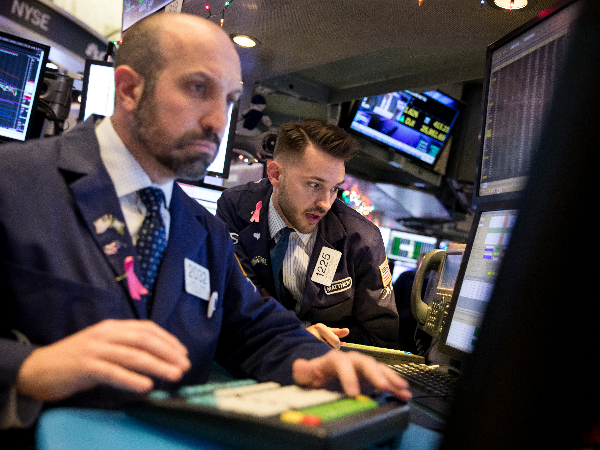What is a stock market rally?
A stock market rally is a sustained rise in stock and index prices – usually a 10% to 20% increase. The movement is simply a result of a large surge in the demand for an asset, which can occur in most market conditions – including flat or declining markets.
Stock market rallies are commonly associated with bull markets, but can occur in bear markets too. But to be considered a bear market still, the rally cannot rise above the price level at which the initial decline started.
Your interest in a rally could vary depending on the style of trading you prefer. For example, if you’re a scalper – who prefers to hold a position from seconds to minutes – you might only focus on a much shorter period of the rally. Whereas if you’re a position trader, who focuses on much longer-term movements, you might aim to trade the upward movement for weeks or months.
What is a bull market rally?
A bull market rally is considered the default type of market rally. It occurs when prices are rising and there is optimism this trend will continue for a long time.
The duration or strength of a rally will vary depending on how many sellers enter the market and how quickly they take back control. Understanding the different types of bull market is vital if you want to identify how long each rally will last. There are a lot of terms used to describe bull markets, but these are the most common:
- Secular. This type of bull market will last for a long period of time – anything from five to 25 years. While market corrections – declines of 10% – can occur, a secular market wouldn’t enter a complete bear market. Usually, secular markets are only identified after the fact
- Cyclical. These bull markets are much shorter, and are sentiment driven. They can cover anything from a month to a couple of years. Cyclical markets are characterised by peaks and troughs in line with the state of the economy – this volatility means that rallies are likely to be brief
- Intraday. An intraday bull market or rally only lasts within a single trading day. They can happen during falling markets or cause a market to reach higher highs. While investors may not focus on such short-term movements, these smaller price increases are a trader’s bread and butter

